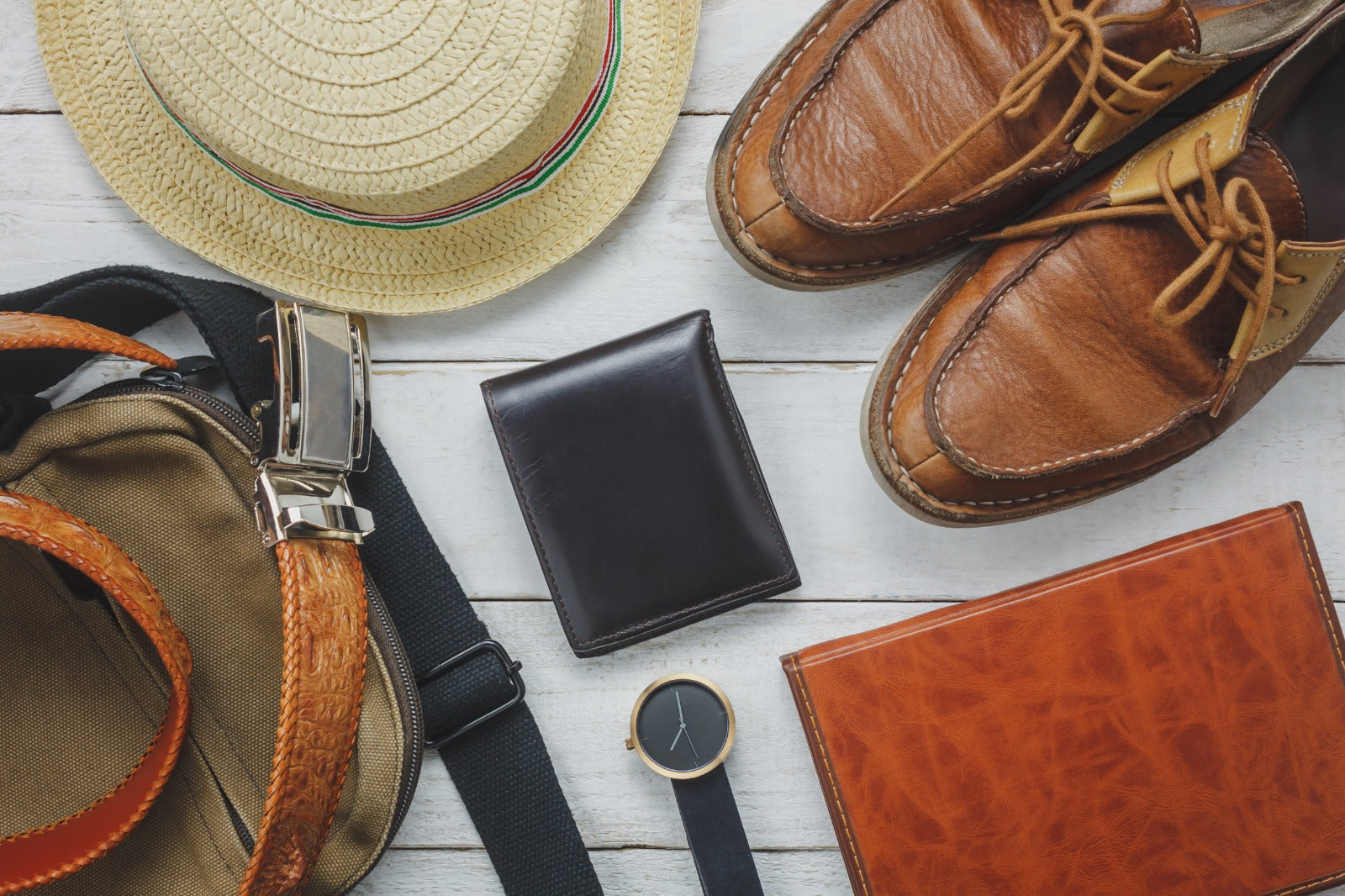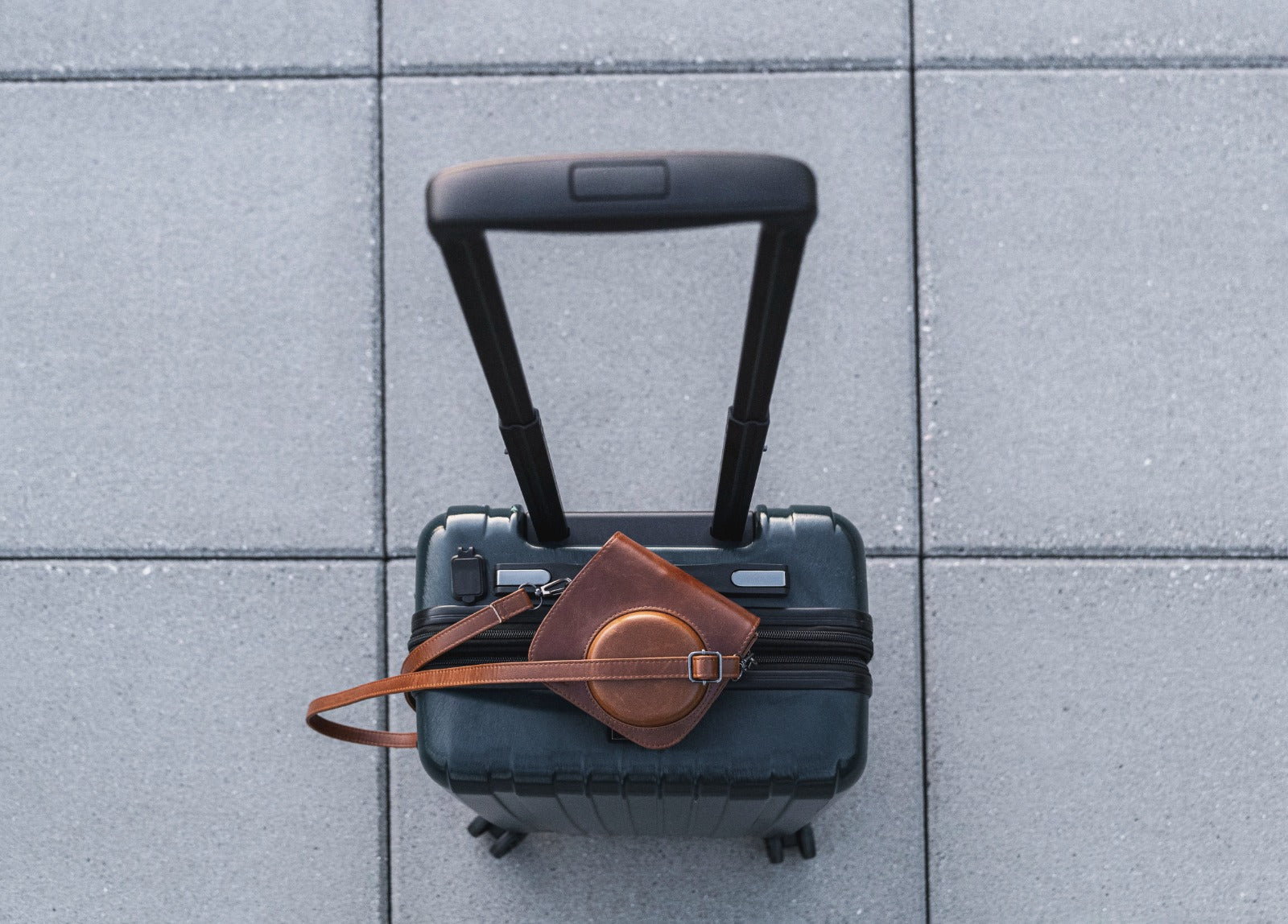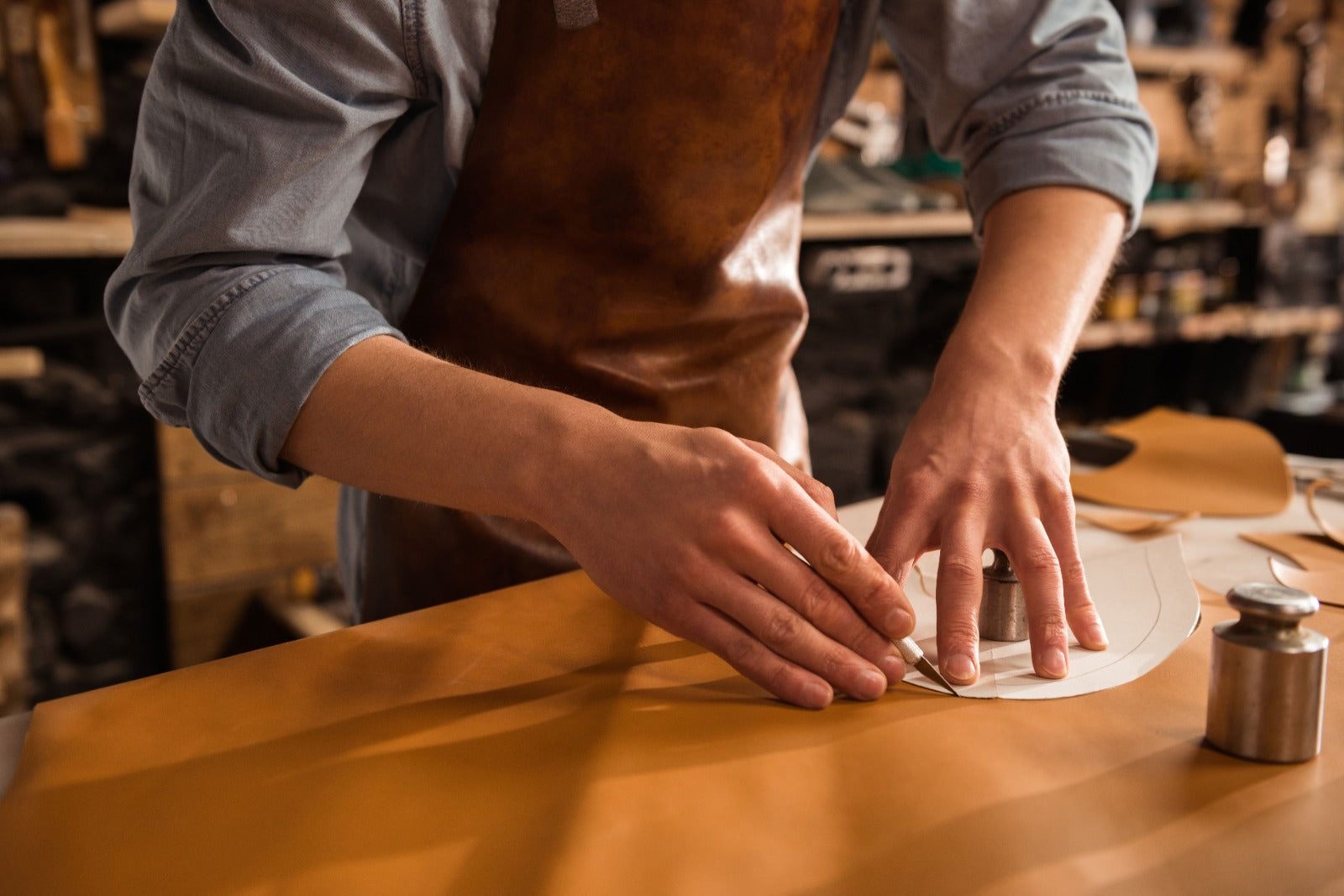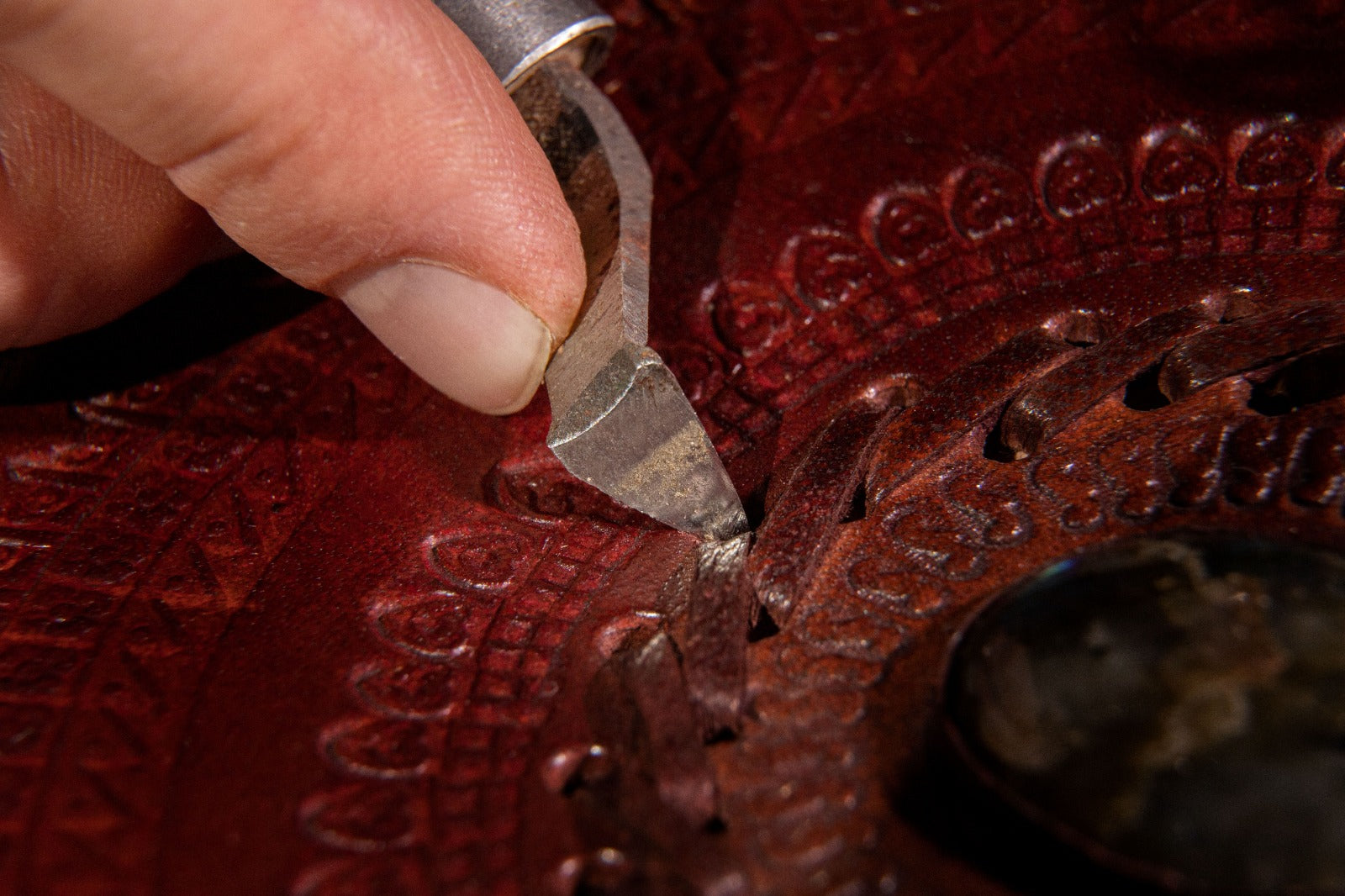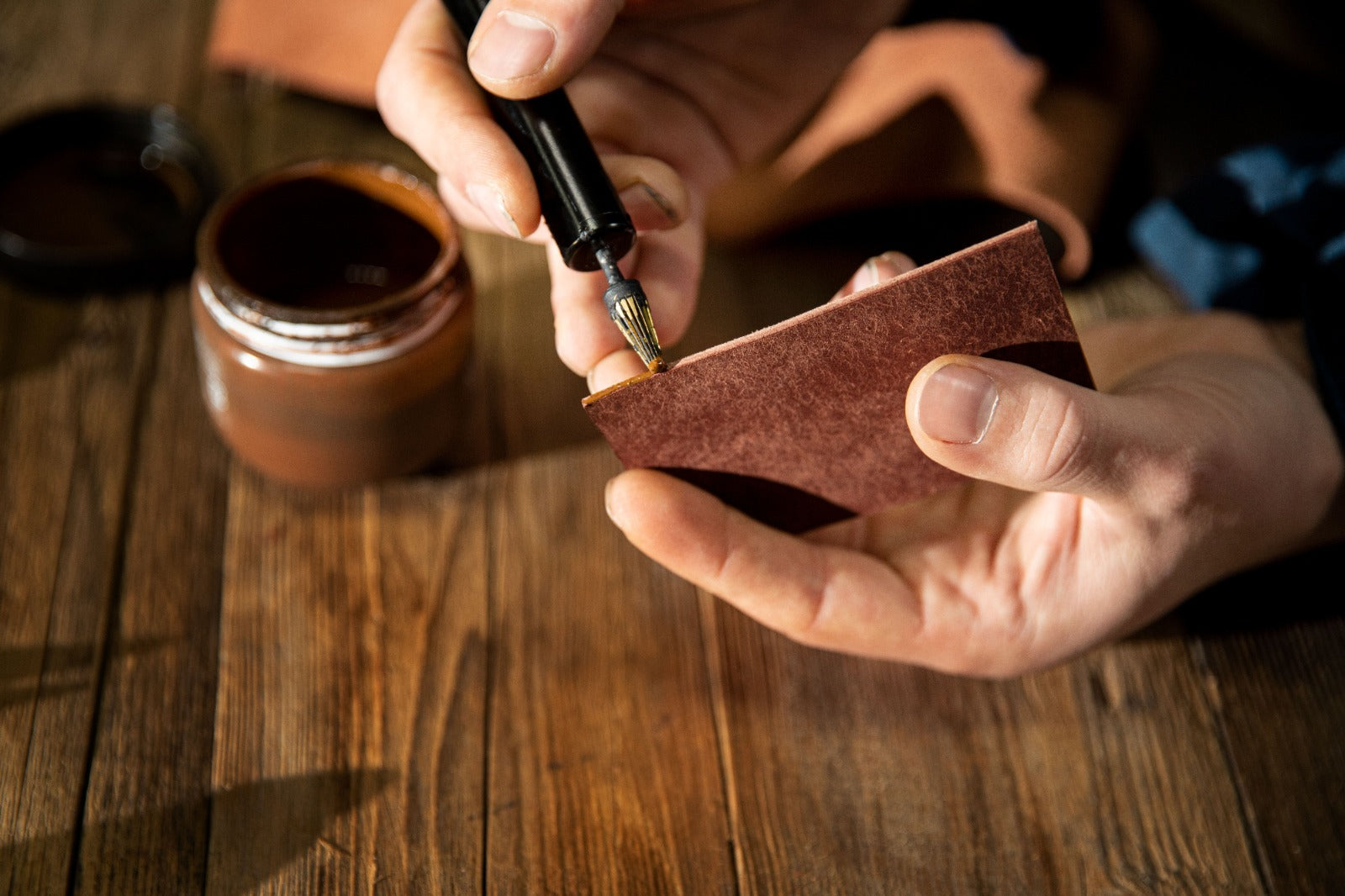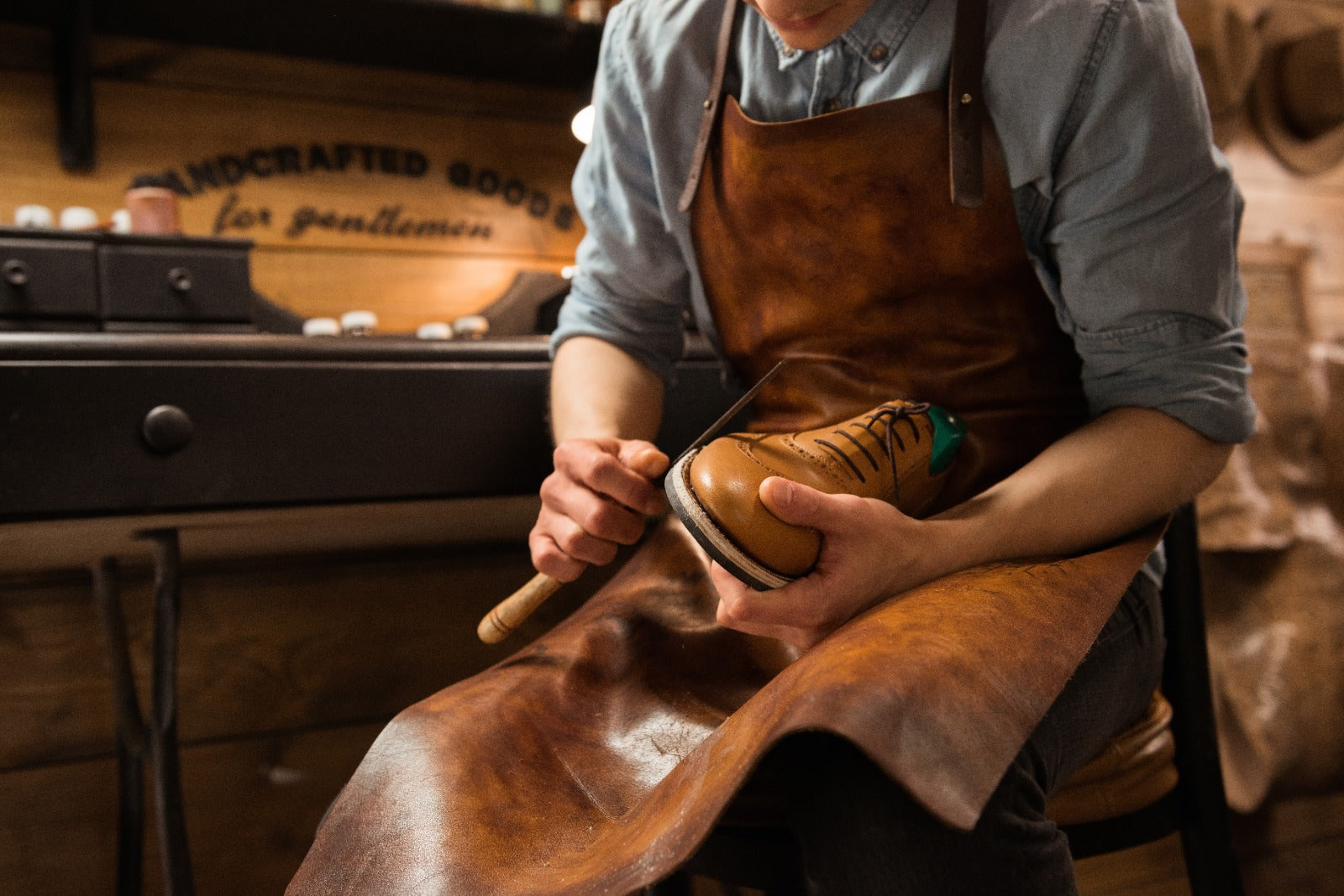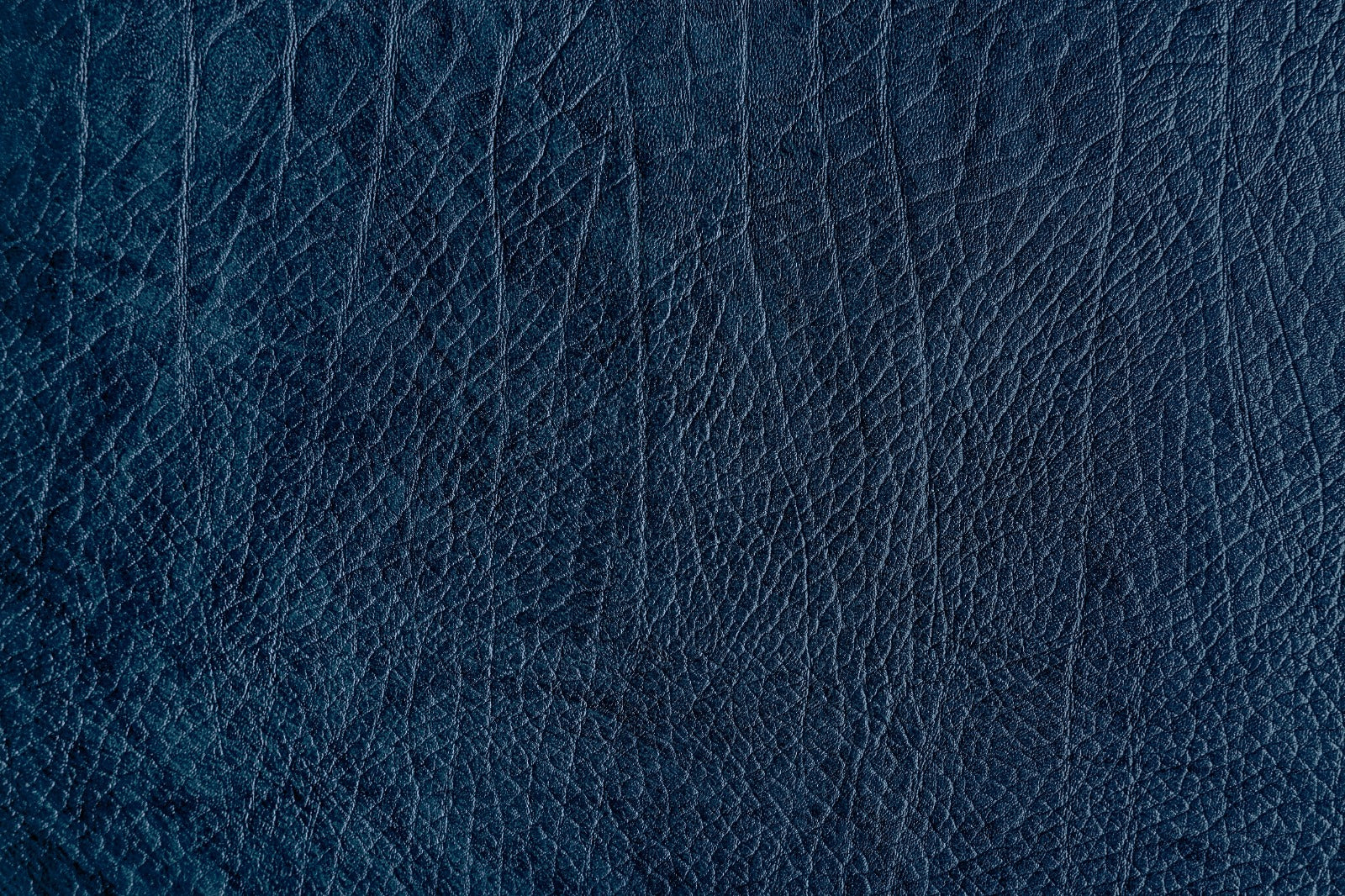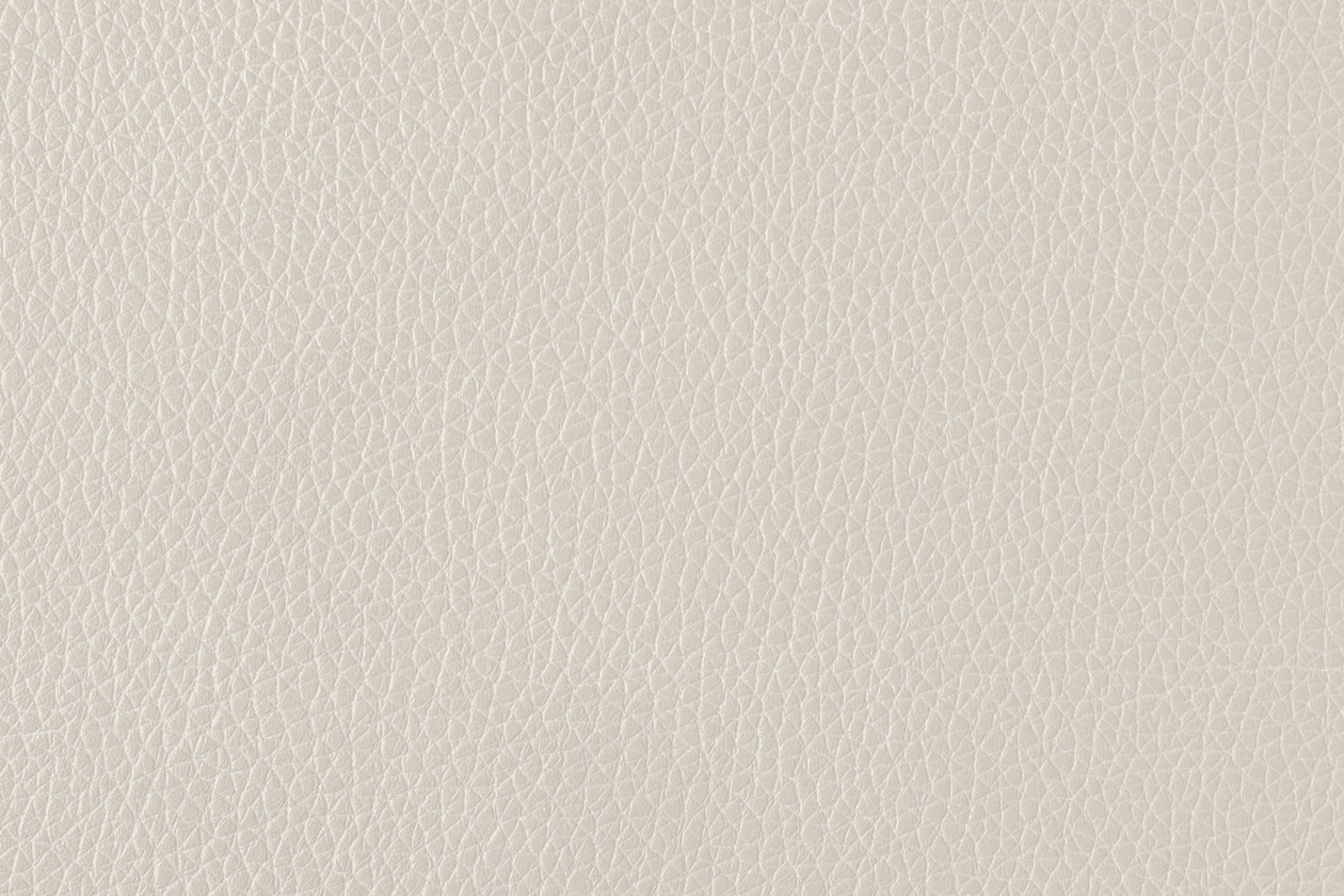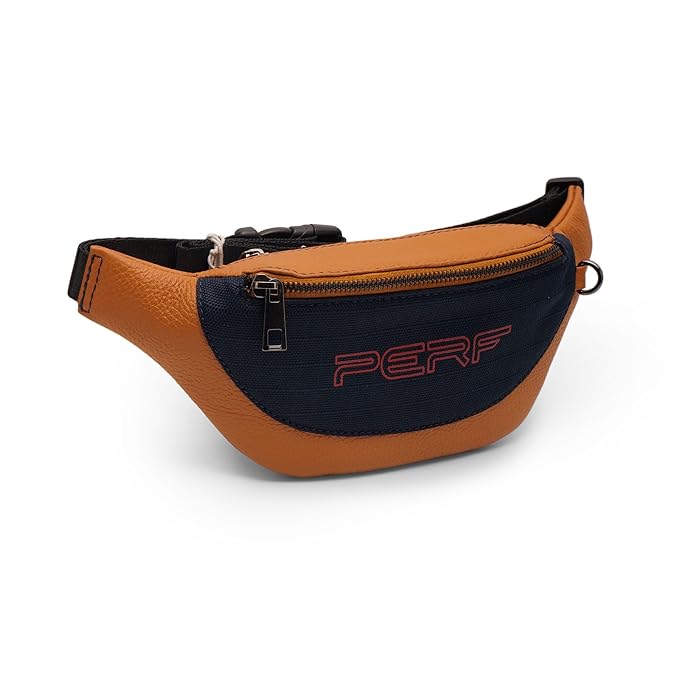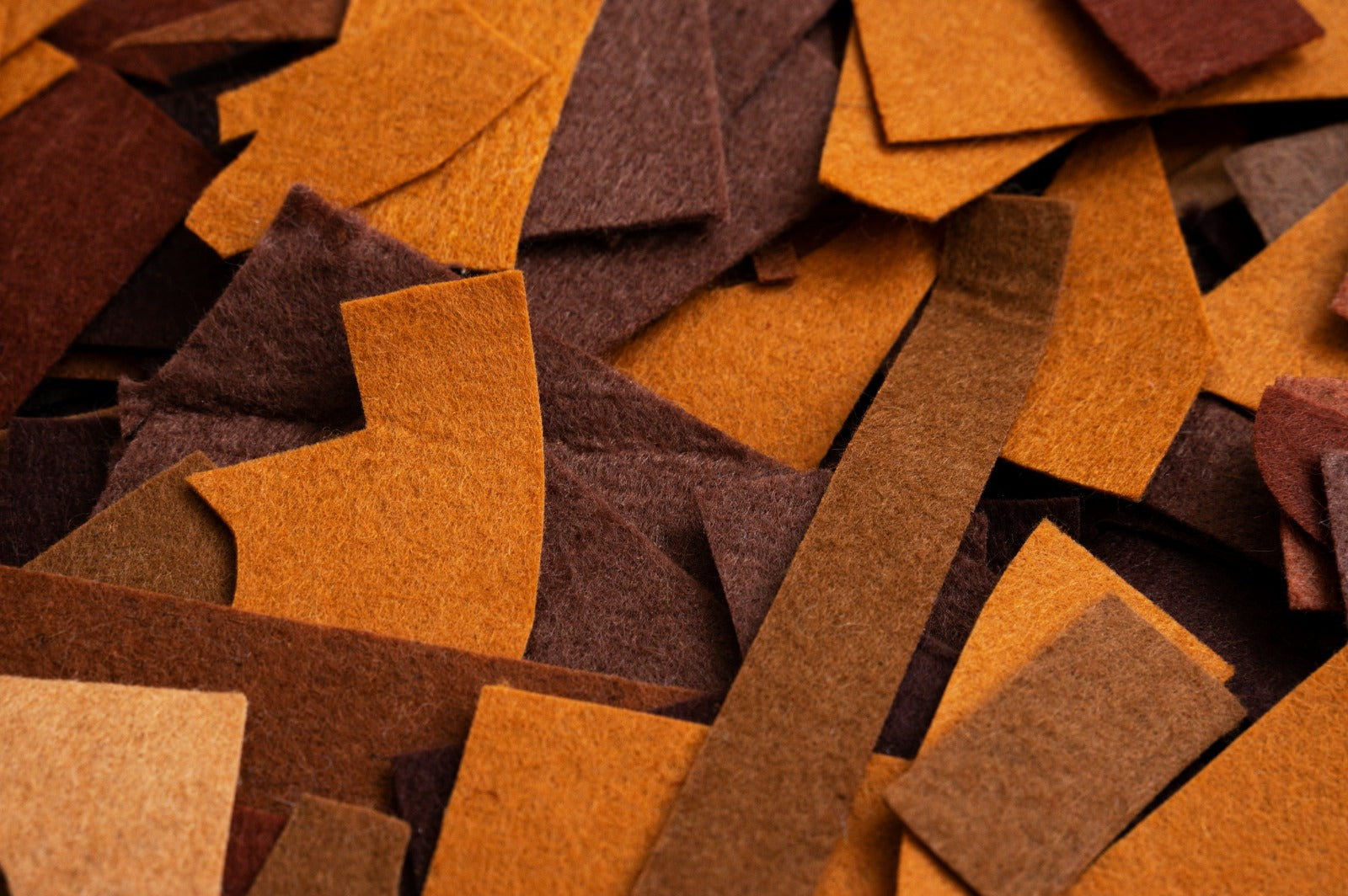
Different Types of Leather: A Complete Guide for Smart Buyers
When it comes to leather bags, jackets, shoes, or accessories, not all leather is created equal. Each type has its own quality level, durability, and ideal use case. By understanding the differences, you can make smarter buying decisions and invest in products that last.
This guide breaks down the five main types of leather—from premium full-grain to budget-friendly bonded leather—so you know exactly what to look for.
1. Full-Grain Leather: The Highest Quality
Why It Stands Out
Full-grain leather is considered the best type of leather. It comes from the top layer of the hide, retaining all the natural grain and strength. Over time, it develops a beautiful patina that enhances its character.
Key Features:
-
Maximum durability
-
Natural markings and texture
-
Ages gracefully with use
Best For: Premium bags, travel gear, leather jackets, and formal shoes.
2. Top-Grain Leather: Durable & Stylish
Slightly below full-grain in quality, top-grain leather is still strong and versatile. It’s sanded and treated to remove imperfections, resulting in a smoother look.
Key Features:
-
Softer and more flexible than full-grain
-
Smooth, uniform surface
-
Easier to maintain
Best For: Office bags, wallets, handbags, and everyday accessories.
3. Genuine Leather (Split Leather): Budget-Friendly
Despite its name, “genuine leather” is not the highest quality. It’s made from the lower layers of the hide, also called split leather. While real, it lacks the strength and longevity of higher-grade options.
Key Features:
-
Affordable option
-
Often coated for a polished finish
-
Less durable over time
Best For: Casual fashion items, belts, and accessories with light use.
4. Corrected-Grain Leather: Treated for Consistency
Corrected-grain leather is top-grain leather that has been sanded and embossed with a new pattern for a uniform appearance. It is often coated for extra durability.
Key Features:
-
Even and consistent surface
-
Moderate durability
-
Less breathable than full-grain
Best For: Structured handbags, dress shoes, and formal accessories.
5. Bonded Leather: The Lowest Grade
Bonded leather is created from scraps of leftover leather fibers mixed with adhesives. While inexpensive, it has the shortest lifespan and tends to peel or crack quickly.
Key Features:
-
Very low cost
-
Artificial leather-like look
-
Minimal durability
Best For: Temporary or decorative items, not recommended for daily use.
How to Tell the Difference Between Leather Types
| Leather Type | Quality Level | Durability ⭐ | Appearance | Price Range |
|---|---|---|---|---|
| Full-Grain | Highest | ⭐⭐⭐⭐⭐ | Natural & Textured | Premium |
| Top-Grain | High | ⭐⭐⭐⭐ | Smooth & Uniform | High |
| Genuine (Split) | Moderate | ⭐⭐ | Coated / Suede | Mid-range |
| Corrected-Grain | Mid-High | ⭐⭐⭐ | Embossed & Treated | Affordable |
| Bonded | Low | ⭐ | Artificial Look | Budget |
Choosing the Right Leather for Your Needs
-
For long-term use: Full-grain leather is the best investment.
-
For daily office use: Top-grain leather provides durability with style.
-
For budget-friendly buys: Genuine leather works for light accessories.
-
For polished aesthetics: Corrected-grain leather is a refined option.
-
To avoid disappointment: Skip bonded leather for products you’ll use often.
Leather Care Tips by Type
-
Full-Grain: Condition with natural leather oils; avoid chemicals.
-
Top-Grain: Clean with a damp cloth and apply leather cream periodically.
-
Genuine Leather: Protect from moisture and heat; apply balm to prevent cracks.
-
Corrected-Grain: Wipe with mild soap solution and maintain protective coating.
-
Bonded Leather: Limited care—once cracked, it’s not repairable.
Sustainability & Smart Leather Buying
Choosing higher-quality leather, such as full-grain or top-grain, reduces waste and ensures your products last for years. This not only saves money but also contributes to more sustainable fashion practices by avoiding frequent replacements.
Final Thoughts
Understanding the different types of leather is the key to making informed choices. Whether you want durability, style, or affordability, knowing the differences between full-grain, top-grain, genuine, corrected-grain, and bonded leather helps you shop smarter.
